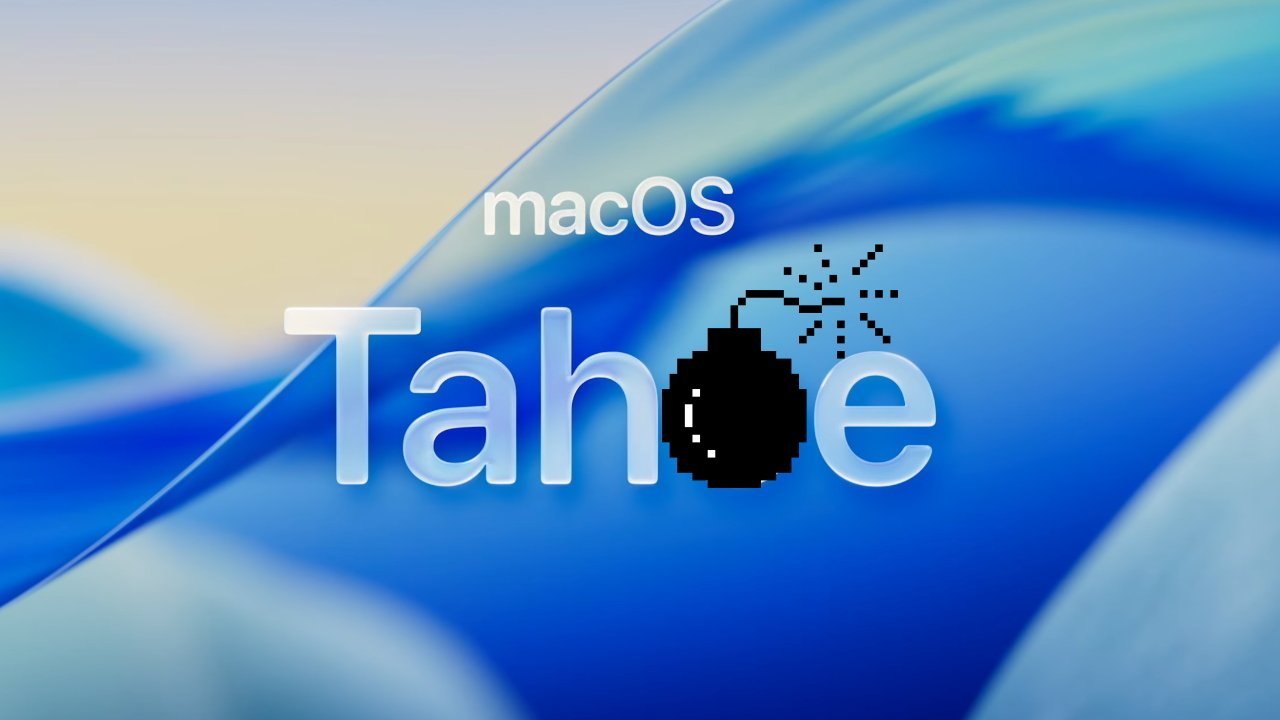Hackintosh Community’s Final Triumph: Running macOS Tahoe on Non-Apple Hardware
The Hackintosh community, known for running macOS on non-Apple hardware, is experiencing its final significant achievement with the successful installation of macOS 26 Tahoe. This milestone comes as Apple announces that macOS Tahoe will be the last version to support Intel-based Macs, signaling the end of an era for Hackintosh enthusiasts.
The Final Chapter for Hackintosh
During the Worldwide Developers Conference (WWDC) in 2025, Apple revealed that macOS 26 Tahoe would be the last macOS version compatible with Intel Macs. This decision not only affects users of older Mac models but also the Hackintosh community, which relies on Intel architecture to run macOS on custom-built PCs. With future macOS versions designed exclusively for Apple Silicon, the feasibility of Hackintosh systems is coming to a close.
Community Efforts and Achievements
Despite the impending end, Hackintosh users have demonstrated remarkable resilience. Following the release of macOS Tahoe, many have successfully installed the operating system on their custom hardware. Online forums, such as the r/Hackintosh subreddit, are filled with reports of successful installations, with users sharing their experiences and solutions to common issues. However, challenges persist, including problems with audio, Bluetooth, and Wi-Fi functionality.
To facilitate these installations, resources like the Dortania OpenCore Guide have been invaluable. This guide now includes sections specifically addressing macOS Tahoe prerequisites, assisting users in navigating the complexities of the installation process. Additionally, tools like OpenCore Simplify have emerged to automate and streamline the setup, making it more accessible to a broader audience.
Virtualization as an Alternative
Some users have turned to virtualization as an alternative method to run macOS Tahoe. By setting up virtual machines, individuals without compatible hardware can still experience the latest macOS features. This approach, while not providing the same performance as running the OS natively, offers a viable solution for those seeking to explore macOS Tahoe without investing in new hardware.
Apple’s Stance and Future Implications
Interestingly, Apple has not implemented significant measures to prevent macOS Tahoe from running on non-Apple hardware. This leniency suggests a tacit acknowledgment of the Hackintosh community’s efforts, even as the company transitions away from Intel support. However, with macOS 27 and beyond exclusively supporting Apple Silicon, the technical barriers for Hackintosh systems will become insurmountable.
The Legacy of Hackintosh
The Hackintosh movement has long been a testament to the ingenuity and determination of tech enthusiasts. By enabling macOS to run on custom-built PCs, users have enjoyed the flexibility of hardware customization combined with the macOS experience. As this chapter draws to a close, the community reflects on its achievements and the unique solutions developed over the years.
Looking Ahead
For those committed to the Hackintosh experience, macOS Tahoe represents the final frontier. While the community continues to share knowledge and support, the reality of Apple’s hardware and software evolution means that future macOS versions will be out of reach for non-Apple hardware. This transition underscores the importance of adaptability and the ever-changing landscape of technology.
Conclusion
The successful installation of macOS Tahoe on Hackintosh systems marks a significant, albeit final, milestone for the community. As Apple moves forward with its Apple Silicon architecture, the era of Hackintosh is coming to an end. Nevertheless, the spirit of innovation and collaboration that defined this movement will undoubtedly inspire future endeavors in the tech world.



